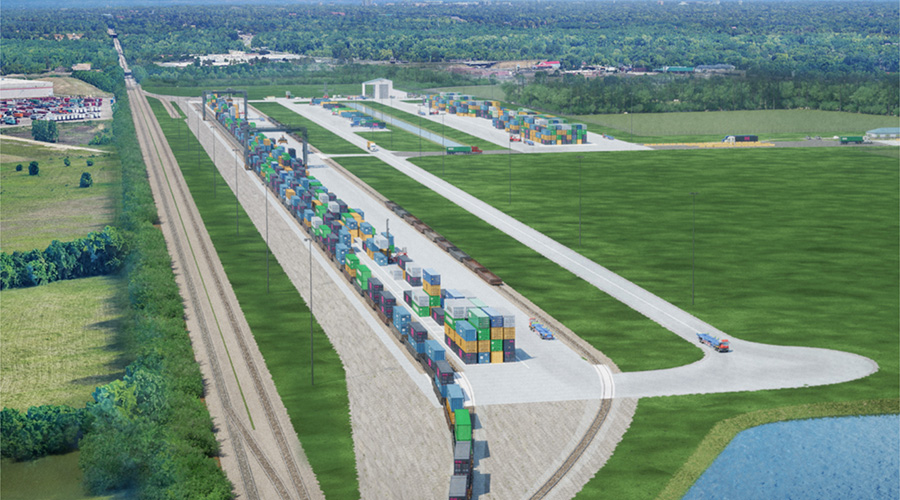UP pins diesel-cost, emission-reduction hopes on biofuel pilot
7/29/2022
By Jeff Stagl, Managing Editor
In the second quarter, Union Pacific Railroad’s fuel expenses shot up 89% year over year to $940 million. Diesel prices skyrocketed 87% in the quarter, surging from $3.71 per gallon in April to $4.34 per gallon in June.
Finding ways to reduce fuel costs have never been more critical for the Class I. Fortunately, one new way — which also would help the railroad achieve its sustainability goals — is in the testing phase.
In April, UP launched a pilot project to determine the effectiveness of operating locomotives entirely with biofuel. Currently, four locomotives used to serve a San Bernardino, California, sand and gravel mine are consuming a 100% biomass-based fuel — the first time in UP’s history it’s employing a renewable fuel source produced from vegetable and/or animal fats.
Conducted at the railroad’s West Colton yard — where the locomotives are stationed — the field test will help UP determine the feasibility of using an 80% renewable diesel/20% biodiesel blend to fuel the entire locomotive fleet. The pilot project is expected to last a year or more.
In 2021, UP published a climate action plan that outlined its commitment to reduce scope 1 and 2 greenhouse-gas emissions 26% by 2030 against a 2018 baseline. The railroad’s goal is net-zero emissions by 2050.
Increasing the use of low-carbon fuels is a key part of those objectives.
“We’re currently over 4% blended in our fuel usage and on target to achieve our interim goal of a 10% blend by 2025,” said UP Chairman, President and CEO Lance Fritz on July 21 during the Class I’s second-quarter earnings conference. “This is a critical initiative for us to achieve our 2030 greenhouse-gas emission reduction targets.”
UP is working with biofuel supplier Chevron-Renewable Energy Group and locomotive manufacturer Wabtec Corp. on the pilot project. Data gathered during tests will help demonstrate the locomotives’ performance and reliability burning biofuel versus conventional petroleum-based diesel.
 Expected to last a year or more, a field test will help UP determine the feasibility of using an 80% renewable diesel/20% biodiesel blend to fuel its entire locomotive fleet. Union Pacific Railroad
Expected to last a year or more, a field test will help UP determine the feasibility of using an 80% renewable diesel/20% biodiesel blend to fuel its entire locomotive fleet. Union Pacific Railroad The biofuel used in tests is Chevron-Renewable Energy Group’s REG UltraClean BlenD™ that incorporates 80% renewable diesel and 20% biodiesel. Both are produced from vegetable oils, animal fats or greases, but are manufactured differently, with the renewable diesel more closely resembling a petroleum-produced diesel product.
Every six months, each locomotive undergoing tests will be evaluated based on emissions and engine wear and tear. The goal: that the pilot helps validate the Class I’s estimates for overall greenhouse-gas emissions over the next seven-plus years.
“We anticipate biofuels will play a pivotal role in helping [us] reach [our] long-range environmental sustainability goals,” said Mark Lutz, UP’s assistant vice president of fuel and environmental management-supply chain in an online post. “Union Pacific understands that in addition to being a profitable company, we also have to live our environmental values each and every day and do our part to protect the environment for future generations.”
Earlier this year, UP agreed to begin testing B20 biodiesel and R55 renewable diesel in Q2 on trains powered by Wabtec locomotives operating in California. The Class I had planned to employ higher percentages of biofuels as testing progressed.
And last year, Progress Rail approved UP’s use of up to a 20% biodiesel blend in certain EMD locomotives. Previously, the locomotives were approved to burn 5% of the biofuel.


